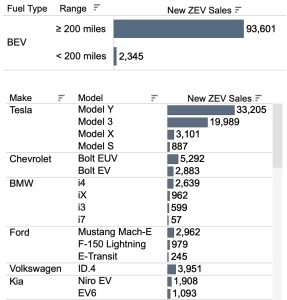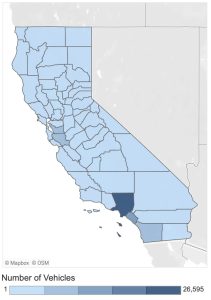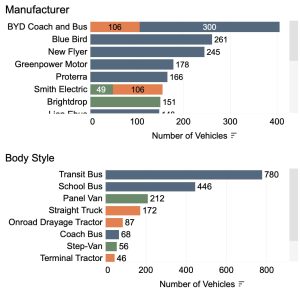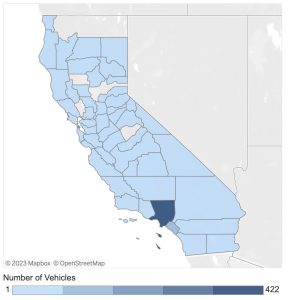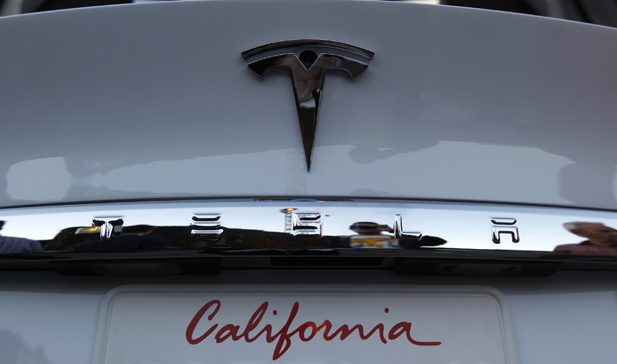

News
Tesla maintains control in California as state’s EV sales surge past 1 million
California has released its Q1 “ZEV” sales report, showing that Tesla remains in control of its most successful market.
The United States remains one of Tesla’s top sales locations, and within the country, no other state gets remotely close to the sales numbers of California. There, a mix of investments in EV charging, a generally increased appetite for the technology, and increased incentives have quickly pushed the Western state toward electrification. Now, as the state has published its Q1 2023 “ZEV” sales report, it is clear that Tesla remains undeniably in control of its previous home market.
The California ZEV Sales report was initially reported by Sawyer Merrit on Twitter earlier today, highlighting Tesla’s success.
NEWS: As of Q1 2023, California has now cumulatively surpassed 1 million battery electric vehicle sales. @Tesla had a record Q1, with the Model Y leading the CA BEV market with 6.3x as many sales as the next best-selling non-Tesla BEV.
Source: https://t.co/2LD9zyXvbb pic.twitter.com/iD9c601n3E
— Sawyer Merritt (@SawyerMerritt) April 22, 2023
According to the report, California has sold over 1 million EVs cumulatively since the state started tracking the number only a few years ago. Of that number, 95,946 EVs were sold in the first quarter of this year alone, with the vast majority of those sales being Tesla vehicles.
Five hundred eighty-eight thousand four hundred fifty-five light-duty vehicles were sold in the first quarter of the year in California, with 16.3% of those being pure electric vehicles and 21.1% being “ZEVs” (EVs + PHEVs + Fuel Cell vehicles).
Unsurprisingly, the Tesla Model Y was the state’s clear sales leader, selling 33,205 units. Just behind its larger brother, the Tesla Model 3 sold 19,989 units, while the Model X led the Model S, selling 3,101 units compared to just 887 Model Ss. Tesla’s top 3 selling vehicles tower over the competition, with only a select few reaching over 2,000 sales in the first quarter of the year.
Clear leaders of those above 2,000 sales include the Volkswagen ID.4, Ford Mustang Mach-E, Chevy Bolt/Bolt EUV, BMW i4, and Polestar 2. Neither Hyundai nor Kia was able to sell 2,000 units of any of its EV lineup, and while cumulatively Rivian neared 2,000 sales, individual R1T and R1S sales remain significantly below the 2,000 unit mark.
Other interesting statistics released by the California Energy Commission include the incredible disparity in where EVs are sold throughout the state. Predominantly, coastal areas, including Los Angeles County and the San Francisco Bay Area, lead eastern inland regions by a significant margin. Further, this pattern was replicated in heavy-duty EV sales (buses, heavy-duty trucks, etc.), where Los Angeles, in particular, led the state by an enormous gap.
What do you think of the article? Do you have any comments, questions, or concerns? Shoot me an email at william@teslarati.com. You can also reach me on Twitter @WilliamWritin. If you have news tips, email us at tips@teslarati.com!

Investor's Corner
Tesla stock closes at all-time high on heels of Robotaxi progress
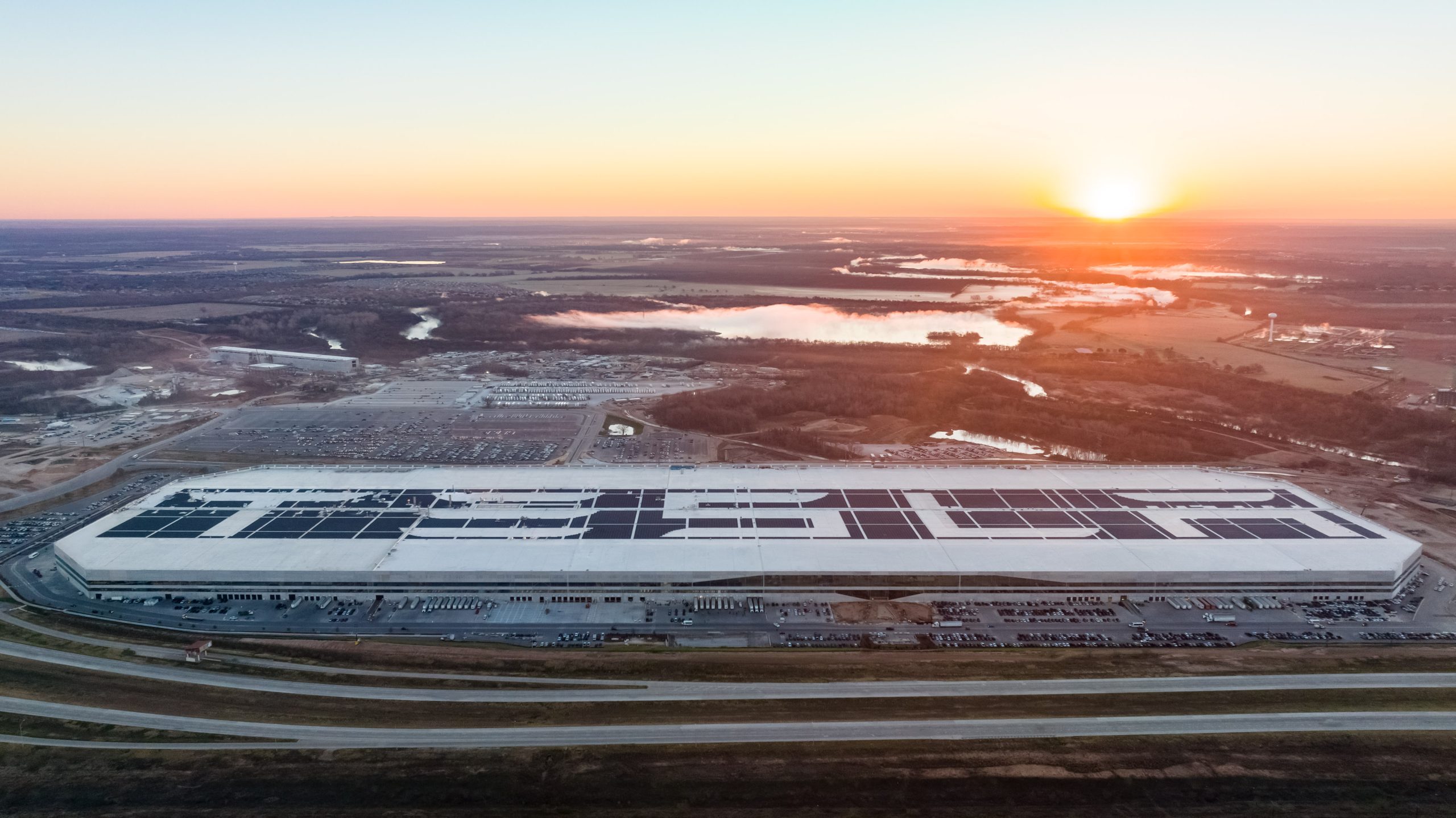
Tesla stock (NASDAQ: TSLA) closed at an all-time high on Tuesday, jumping over 3 percent during the day and finishing at $489.88.
The price beats the previous record close, which was $479.86.
Shares have had a crazy year, dipping more than 40 percent from the start of the year. The stock then started to recover once again around late April, when its price started to climb back up from the low $200 level.
This week, Tesla started to climb toward its highest levels ever, as it was revealed on Sunday that the company was testing driverless Robotaxis in Austin. The spike in value pushed the company’s valuation to $1.63 trillion.
Tesla Robotaxi goes driverless as Musk confirms Safety Monitor removal testing
It is the seventh-most valuable company on the market currently, trailing Nvidia, Apple, Alphabet (Google), Microsoft, Amazon, and Meta.
Shares closed up $14.57 today, up over 3 percent.
The stock has gone through a lot this year, as previously mentioned. Shares tumbled in Q1 due to CEO Elon Musk’s involvement with the Department of Government Efficiency (DOGE), which pulled his attention away from his companies and left a major overhang on their valuations.
However, things started to rebound halfway through the year, and as the government started to phase out the $7,500 tax credit, demand spiked as consumers tried to take advantage of it.
Q3 deliveries were the highest in company history, and Tesla responded to the loss of the tax credit with the launch of the Model 3 and Model Y Standard.
Additionally, analysts have announced high expectations this week for the company on Wall Street as Robotaxi continues to be the focus. With autonomy within Tesla’s sights, things are moving in the direction of Robotaxi being a major catalyst for growth on the Street in the coming year.
Elon Musk
Tesla needs to come through on this one Robotaxi metric, analyst says
“We think the key focus from here will be how fast Tesla can scale driverless operations (including if Tesla’s approach to software/hardware allows it to scale significantly faster than competitors, as the company has argued), and on profitability.”
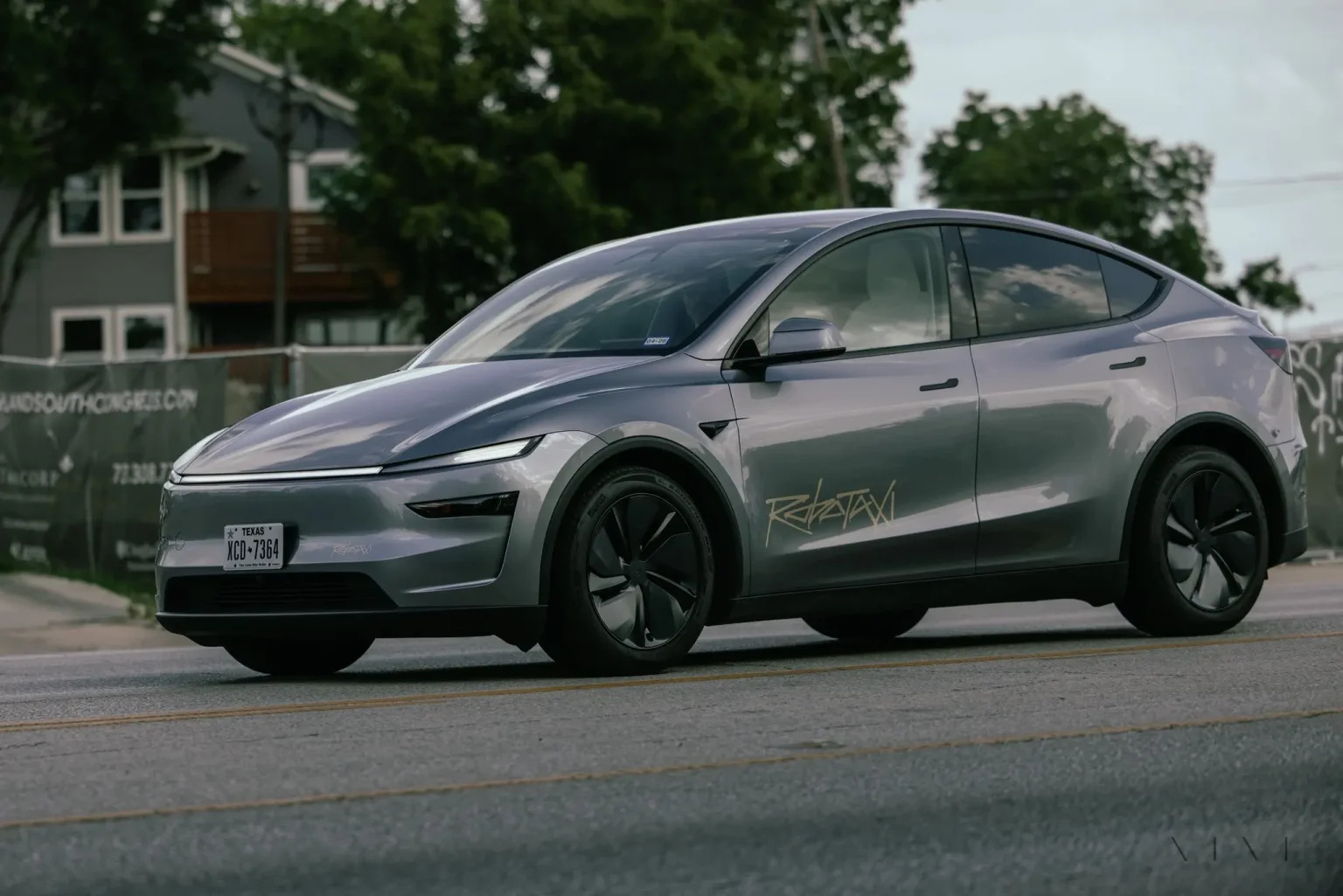
Tesla needs to come through on this one Robotaxi metric, Mark Delaney of Goldman Sachs says.
Tesla is in the process of rolling out its Robotaxi platform to areas outside of Austin and the California Bay Area. It has plans to launch in five additional cities, including Houston, Dallas, Miami, Las Vegas, and Phoenix.
However, the company’s expansion is not what the focus needs to be, according to Delaney. It’s the speed of deployment.
The analyst said:
“We think the key focus from here will be how fast Tesla can scale driverless operations (including if Tesla’s approach to software/hardware allows it to scale significantly faster than competitors, as the company has argued), and on profitability.”
Profitability will come as the Robotaxi fleet expands. Making that money will be dependent on when Tesla can initiate rides in more areas, giving more customers access to the program.
There are some additional things that the company needs to make happen ahead of the major Robotaxi expansion, one of those things is launching driverless rides in Austin, the first city in which it launched the program.
This week, Tesla started testing driverless Robotaxi rides in Austin, as two different Model Y units were spotted with no occupants, a huge step in the company’s plans for the ride-sharing platform.
Tesla Robotaxi goes driverless as Musk confirms Safety Monitor removal testing
CEO Elon Musk has been hoping to remove Safety Monitors from Robotaxis in Austin for several months, first mentioning the plan to have them out by the end of 2025 in September. He confirmed on Sunday that Tesla had officially removed vehicle occupants and started testing truly unsupervised rides.
Although Safety Monitors in Austin have been sitting in the passenger’s seat, they have still had the ability to override things in case of an emergency. After all, the ultimate goal was safety and avoiding any accidents or injuries.
Goldman Sachs reiterated its ‘Neutral’ rating and its $400 price target. Delaney said, “Tesla is making progress with its autonomous technology,” and recent developments make it evident that this is true.
Investor's Corner
Tesla gets bold Robotaxi prediction from Wall Street firm
Last week, Andrew Percoco took over Tesla analysis for Morgan Stanley from Adam Jonas, who covered the stock for years. Percoco seems to be less optimistic and bullish on Tesla shares, while still being fair and balanced in his analysis.
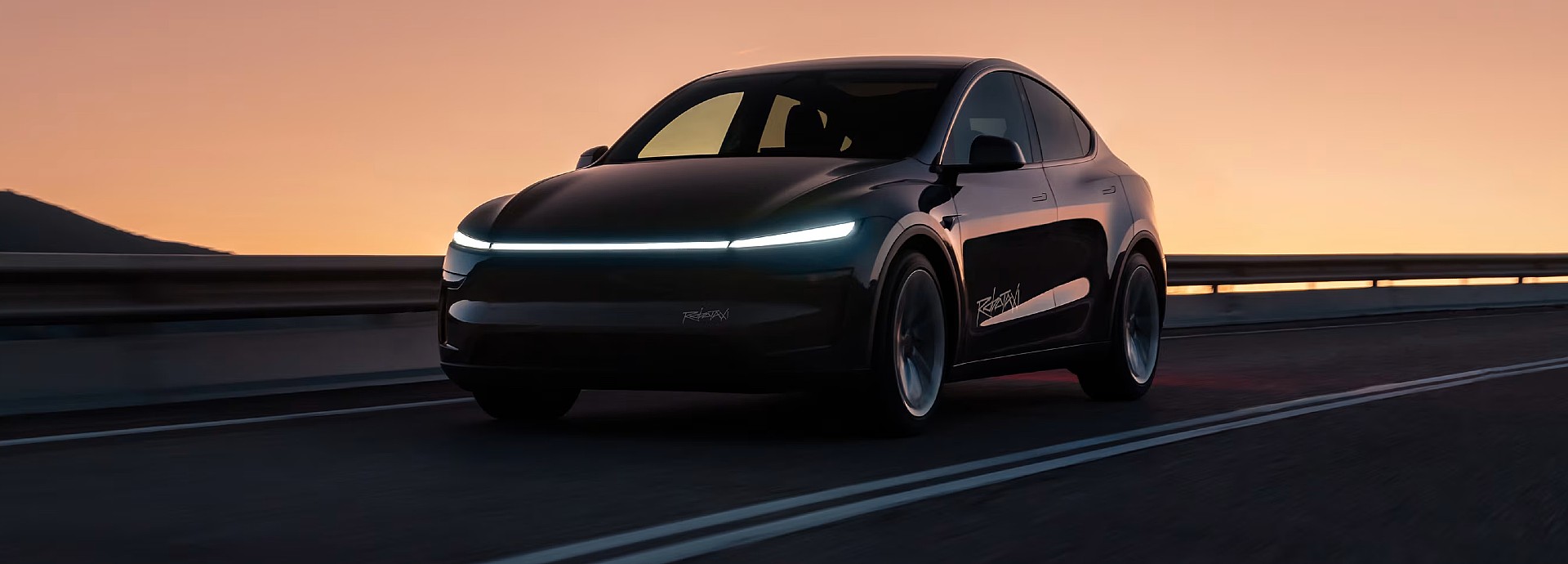
Tesla (NASDAQ: TSLA) received a bold Robotaxi prediction from Morgan Stanley, which anticipates a dramatic increase in the size of the company’s autonomous ride-hailing suite in the coming years.
Last week, Andrew Percoco took over Tesla analysis for Morgan Stanley from Adam Jonas, who covered the stock for years. Percoco seems to be less optimistic and bullish on Tesla shares, while still being fair and balanced in his analysis.
Percoco dug into the Robotaxi fleet and its expansion in the coming years in his latest note, released on Tuesday. The firm expects Tesla to increase the Robotaxi fleet size to 1,000 vehicles in 2026. However, that’s small-scale compared to what they expect from Tesla in a decade.
Tesla expands Robotaxi app access once again, this time on a global scale
By 2035, Morgan Stanley believes there will be one million Robotaxis on the road across multiple cities, a major jump and a considerable fleet size. We assume this means the fleet of vehicles Tesla will operate internally, and not including passenger-owned vehicles that could be added through software updates.
He also listed three specific catalysts that investors should pay attention to, as these will represent the company being on track to achieve its Robotaxi dreams:
- Opening Robotaxi to the public without a Safety Monitor. Timing is unclear, but it appears that Tesla is getting closer by the day.
- Improvement in safety metrics without the Safety Monitor. Tesla’s ability to improve its safety metrics as it scales miles driven without the Safety Monitor is imperative as it looks to scale in new states and cities in 2026.
- Cybercab start of production, targeted for April 2026. Tesla’s Cybercab is a purpose-built vehicle (no steering wheel or pedals, only two seats) that is expected to be produced through its state-of-the-art unboxed manufacturing process, offering further cost reductions and thus accelerating adoption over time.
Robotaxi stands to be one of Tesla’s most significant revenue contributors, especially as the company plans to continue expanding its ride-hailing service across the world in the coming years.
Its current deployment strategy is controlled and conservative to avoid any drastic and potentially program-ruining incidents.
So far, the program, which is active in Austin and the California Bay Area, has been widely successful.
